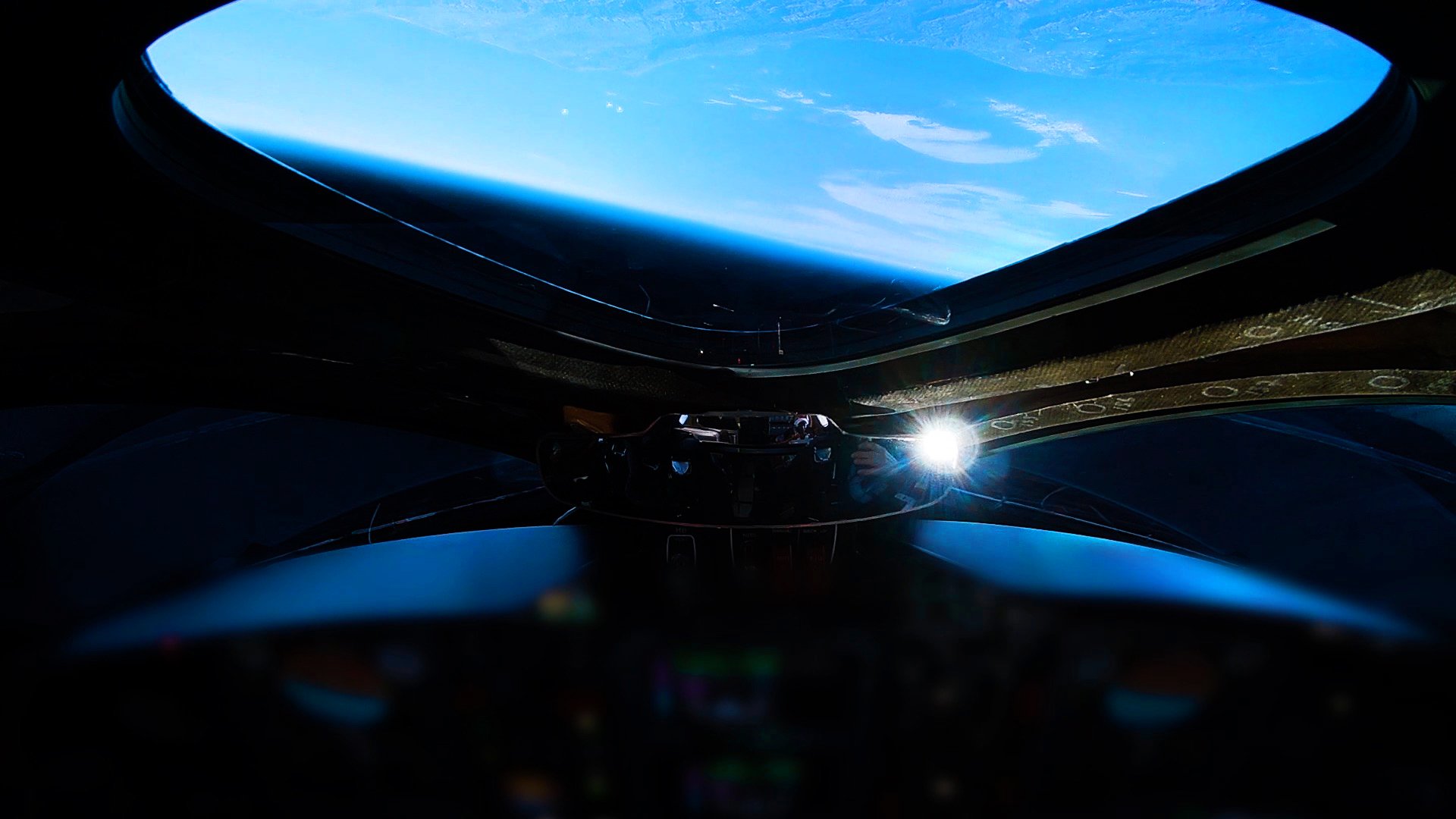Yazata
Valued Senior Member
Spaceship Two, Virgin Galactic's space-tourism rocket plane had another test flight this morning. They ran the engine for 60 seconds and the vehicle reached 51.4 miles/82.68 km/271,000 feet. (100,000 ft higher than last flight.) The target altitude for this test was 50 miles. It's now safely back on the ground.
That's technically space as defined by NASA and the US Air Force. So this is the first manned spaceflight launched in a US vehicle from US territory since the last Shuttle flight in 2011. It's also the first private manned spaceflight since Burt Rutan's little Spaceship One flew three times in 2004. (This vehicle is the direct descendant of that vehicle.) The two test pilots on this flight will be recognized as commercial astronauts by the FAA.
One of today's two pilots is a former NASA astronaut who flew in the shuttle. So he becomes the only person to receive astronaut wings from both NASA and the FAA.
https://twitter.com/virgingalactic/status/1073251588523712513
https://www.virgingalactic.com/articles/first-space-flight/
https://twitter.com/planet4589
https://twitter.com/NASA/status/1073272440703328258
https://www.nasa.gov/directorates/s...Four_NASA_Sponsored_Experiments_Set_to_Launch
Virgin Galactic photo:

Here's Virgin Galactic's two new astronauts:
https://pbs.twimg.com/media/DuTgeBVVAAAB_qM.jpg
https://pbs.twimg.com/media/DuTgXS_U0AA-cx-.jpg
That's technically space as defined by NASA and the US Air Force. So this is the first manned spaceflight launched in a US vehicle from US territory since the last Shuttle flight in 2011. It's also the first private manned spaceflight since Burt Rutan's little Spaceship One flew three times in 2004. (This vehicle is the direct descendant of that vehicle.) The two test pilots on this flight will be recognized as commercial astronauts by the FAA.
One of today's two pilots is a former NASA astronaut who flew in the shuttle. So he becomes the only person to receive astronaut wings from both NASA and the FAA.
https://twitter.com/virgingalactic/status/1073251588523712513
https://www.virgingalactic.com/articles/first-space-flight/
https://twitter.com/planet4589
https://twitter.com/NASA/status/1073272440703328258
https://www.nasa.gov/directorates/s...Four_NASA_Sponsored_Experiments_Set_to_Launch
Virgin Galactic photo:

Here's Virgin Galactic's two new astronauts:
https://pbs.twimg.com/media/DuTgeBVVAAAB_qM.jpg
https://pbs.twimg.com/media/DuTgXS_U0AA-cx-.jpg
